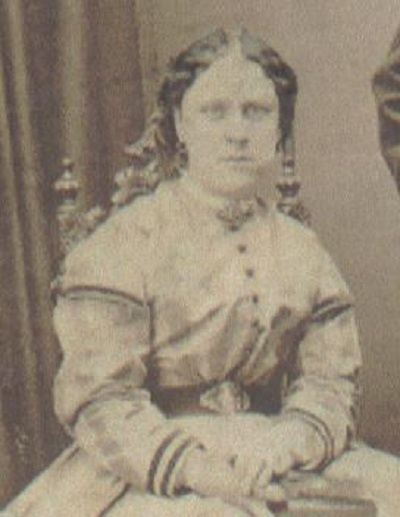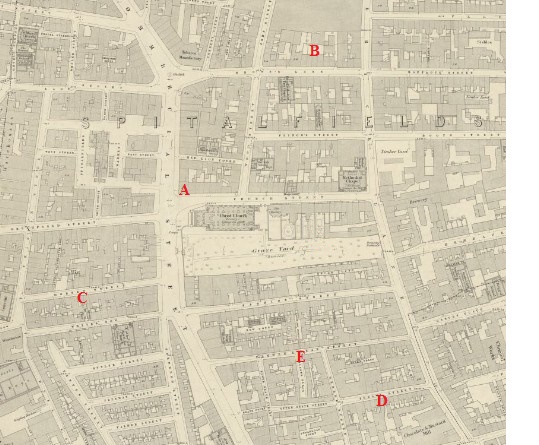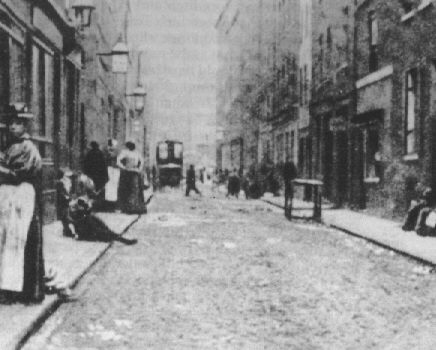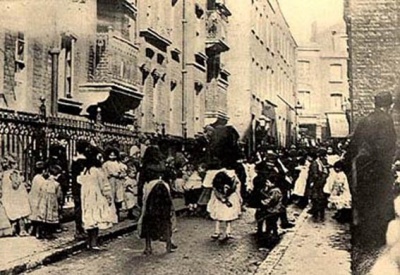Thinking about all of this again, from a sort of profiling perspective, I’m not sure what The Five adds.
What we know of JTR was that he had both organised and disorganised aspects to his MO, which, if we accept the canonicals, or even a tight view of possible victims (Tabram in particular) is not just opportunistic, but adaptive.
He chose victims of opportunity, but he had a knife with him. From what we can tell, more or less the same type of weapon was used throughout, with Tabram being the only exception where there is evidence of two weapons, one as per the rest, and one that may have been a heavier, coarser weapon.
Again, there is no report, eyewitness account or documented instance of anyone fleeing a scene, or even seen nearby. Whether the Goulston Street graffito is part of the case or not, the section of Catherine Eddowes’ apron was real, so we know that JTR fled the scene that way, but did so without drawing attention to himself. So, despite the ferocity of his attacks, with Eddowes being particularly horrific, he has the ability to make his way, calmly enough, away.
Even if both Eddowes and Annie Chapman were merely sleeping rough, as the work of Rubenhold strongly suggests, it still fits with the general MO. JTR likely rendered both insensible through strangulation, and then delivered the fatal wounds before proceeding with the horrible mutilations.
What it suggests is that JTR was familiar enough with the neighbourhoods to know where rough sleepers were to be found. He may have patrolled those particular areas, keeping a watchful eye for opportune unfortunates. Rather than just luring them to a secluded spot, or responding to solicitation, he may have also actively searched for those most vulnerable, sleeping rough, possibly while intoxicated, to carry out his crimes.
This might suggest that his conversational ability may not have had to be fluent, if he was not relying too heavily on engaging his victims first. This was always a bar for me with Severin Klosowski, or George Chapman. In 1888, he was not in London long and his level of English must have necessarily been limited. The other implication would be if he had sufficient local knowledge then to know where to find the rough sleepers.
In recent times, much has been written about Elizabeth Stride, as to whether she is actually a JTR victim. It is worth stating that Inspector Abberline was utterly convinced of it. The entire extent of her injuries does fit with the MO, in so far as she appears to have been strangled with a ligature, her own scarf, before the fatal wound was inflicted. Were she simply to have been a victim of a pimp or a street gang, as many have suggested, it is doubtful they would have gone to the bother of doing both.
Stride was given to soliciting, but was also an accomplished grifter. She may have retired to the relative privacy of Dutfield’s Yard to gather herself after her altercation earlier, at which time JTR, doing his rounds, discovered her.
Rubenhold’s approach was not to try to find evidence or further the quest to ID the killer, but rather to shine a light on the lives of the real women who were victims, and set them in the context of their day. This she does with aplomb, sensitively and empathetically.
However, the major import of her work for the sleuth is merely to hone slightly the profile we already have of the shadowy figure, but alas not to illuminate him.







